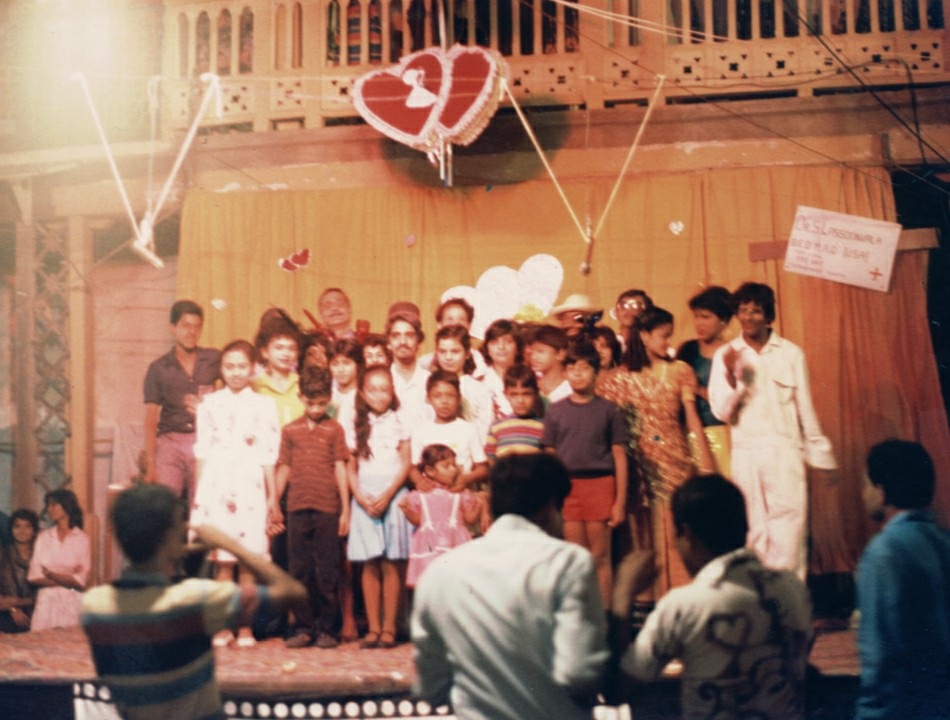By Bhairavi Jhaveri, Mumbai Mirror | May 21, 2014, 12.00 AM IST
(Clockwise from left) A typical, recently refurbished, East Indian home; The entry to Lion’s Den and Dhiresh Sharma sharing anecdotes on the tour
It’s hard to imagine that the largely uncharacteristic industrial areas of Mazgaon and Byculla were once tony neighbourhoods; home to the Byculla Turf Club and lavish parties in country houses. “So, in a sense, Mazgaon was what Bandra is today, the first hip suburb of Mumbai,” Dhiresh Sharma of Travel Logs says, interrupting my train of thought. We smirk in disbelief before spending the next three hours winding our way through Matharpacady, the first East Indian village or gaothan of Mumbai.
Our group of four travellers – heritage explorer Leora Pezarkar, Matharpacady local Hansel Baptista, Sharma and I are to take a few lefts and rights to the monotonous hammering of woodwork inside a dilapidated mansion.
And suddenly, we are standing before the defining landmark of the area – its mango trees that fruit twice a year. The numbers are down to just one, and this one bears fruit in May and October, standing tall before the yellow Lion’s Den bungalow. “This is possibly where someone important once lived, going by the two lion heads at the entrance of the house,” says Sharma. At the turn of the 18th century, wealthy merchants including Jamshedji Jeejeebhoy moved from the Fort area to set up country homes in Mazgaon, and some remnants of the elaborate mansions from 100 years ago still stand.
A township built, nurtured and populated by the East Indians, Matharpacady is an enchanting Portuguese hamlet distinguished by Moorish architecture, split-level coloured houses with staircases, dexterous woodwork and sloping brick roofs. Two of these belong to Joseph “Kaka” Baptista’s family, the late Indian politician and activist who worked closely with Lokmanya Tilak. Next, Pezarkar and Baptista lead us to the decrepit Matharpacady Club, a community house that was used by locals to unwind over table tennis, billiards and cards until 10 years ago.
As Baptista shouts out to Uncle Jerry to check if we can drop into his home for an aerial view of the gaothan, you realise it’s a closeknit community. Kids whiz past on cycles, and the tinkle of a piano melts into hard rock.
The walk ends with a traditional East Indian dinner at Baptista’s home, jointly stirred up by him and his mother Marie. Over bombil fry, prawn pickle, sorpotel, hand bread, eggplant in bottle masala and fish curry-rice, the struggles to keep this gated community alive are forgotten. All we are focussing on by then is who gets that last piece of feathery-light coconut cake.
The Gaothan Saga is a 3-hour walk (Rs 1,750 per head including the traditional East Indian meal).

























































































